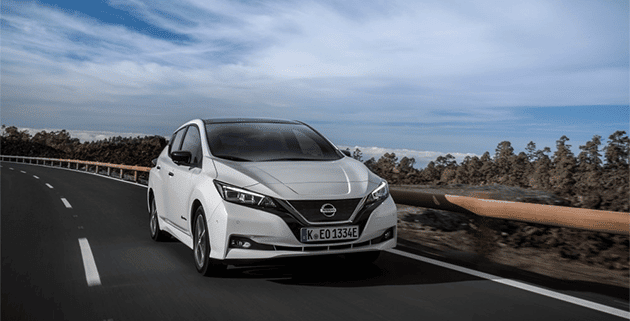Bus Rapid Transit in South Africa
October was transport month and the debate over public passenger transport in South Africa has been long and hard, and is still continuing. Most people agree that the country needs vastly improved services, and that the present situation is far from acceptable, writes Pula Dippenaar of the Johannesburg Motor Show.
This has been largely down to a lack of decisive government policy, poor application of the policy that does exist, and minimal regulation of an undisciplined minibus taxi industry that has systematically worked its way into a dominant position in the sector, using whatever means it saw fit to displace the other public transport modes. Nobody can deny that these “heroes of the struggle” have been able to provide a convenient and affordable, service, but their unbridled proliferation has resulted in greatly increased traffic congestion, and situations of gridlock have emerged in many urban areas.
The South African Government has finally recognised that this situation is untenable, and following its now well-established pattern of inventing something new, rather than fixing existing problems, has embraced Bus Rapid Transit as its preferred solution for the country’s public transportation dilemma. This commitment was reflected in the 2012 National Development Plan. By establishing a business model where taxi owners are given some degree of ownership participation in the BRT systems, it hopes to avoid the sort of interference and downright intimidation that has characterised taxi interaction with other transport modes in the past. BRT contracts based on compensation for distance-related operating costs, rather than passenger subsidies, also leave the choice of modes to the user, and insulate the authorities from any accusations of partiality.
The BRT concept combines elements of bus and rail operation, by putting large capacity buses and bus trains on reserved right-of-ways, and, by segregating them from normal traffic, allows them to operate at higher average speeds, and at more frequent headways. This should make the level of service highly predictable and convenient. In the South African context, BRT buses also operate under a relaxed regulatory environment, permitting greater axle massloads and increased lengths than those allowed for normal public service vehicles. The use of dedicated BRT lanes with boarding stations on the main routes encourages the use of low- or flat-floor layouts, eliminating the need for passengers to climb stairs when entering or leaving the vehicles.
Established BRT services are currently operating in Johannesburg (Rea Vaya) and Cape Town (MyCiTi). The initial phase of the Johannesburg system (143 buses) was opened in August, 2009, and connects Soweto with the CBD. The initiation of Phase 1B (134 buses), providing an alternate Soweto-CBD route is imminent, while the next phase will extend the network northwards to Alexandra/Sandton. The Cape Town operation was initially launched to service the Soccer World Cup in 2010, followed by permanent West Coast and airport services using 52 buses, and more recently, central city services operating 190 midibuses. By the end of this year, additional services to supplement inadequate Metro Rail frequencies to Khayelitsha and Mitchell’s Plain should be operational. BRT networks are also planned for Rustenburg, where the operation will be known as Rustenburg Rapid Transport, and will eventually total 900 buses, and Tshwane/Pretoria (340 buses) where initial infrastructure construction commenced in mid-2012 and services are due to start in 2014.
A system was launched in Port Elizabeth to transport spectators to the new Nelson Mandela Bay Stadium during the Soccer World Cup in 2010, but has lain dormant since, leaving expensive buses gathering dust in a warehouse. The local municipality and taxi community are still trying to agree on ownership and operational arrangements so that the system can be restarted, and expanded. There is widespread suspicion that these difficulties may be linked to the minibus taxi industry typically protecting its turf against unwelcome competition.
It now appears that the South African Government’s commitment to BRT is absolute, and acceptance of the transport mode by the travelling public is growing. Additional networks are also being evaluated for roll-out in the Durban and East London areas, and, although the development and expansion of systems will be progressive, thus making a timed forecast of vehicle demand problematical, BRT’s wider adoption should be stimulatory for the local bus market. The nature of these operations, where buses are restricted to clearly defined routes, also facilitates the employment of alternate driveline technologies, and while existing local units are predominantly diesel powered, some have been specified to comply with more advanced emission standards than the national Euro 2 minimum, and the potential for the use of alternative fuel sources is also being explored.
In a country beset with frequent labour unrest, bus services are often disrupted by industrial action. In the continuing efforts to popularise public transport among South African commuters of all demographic categories, strike action has the potential to inflict serious damage to the sustainability and hard-won patronage of a service, putting job security at risk. For public transport to succeed, it needs to be all of affordable, reliable and predictable. BRT offers a promising solution to local urban transport needs, and deserves a chance to firmly establish its credentials with the travelling public.





